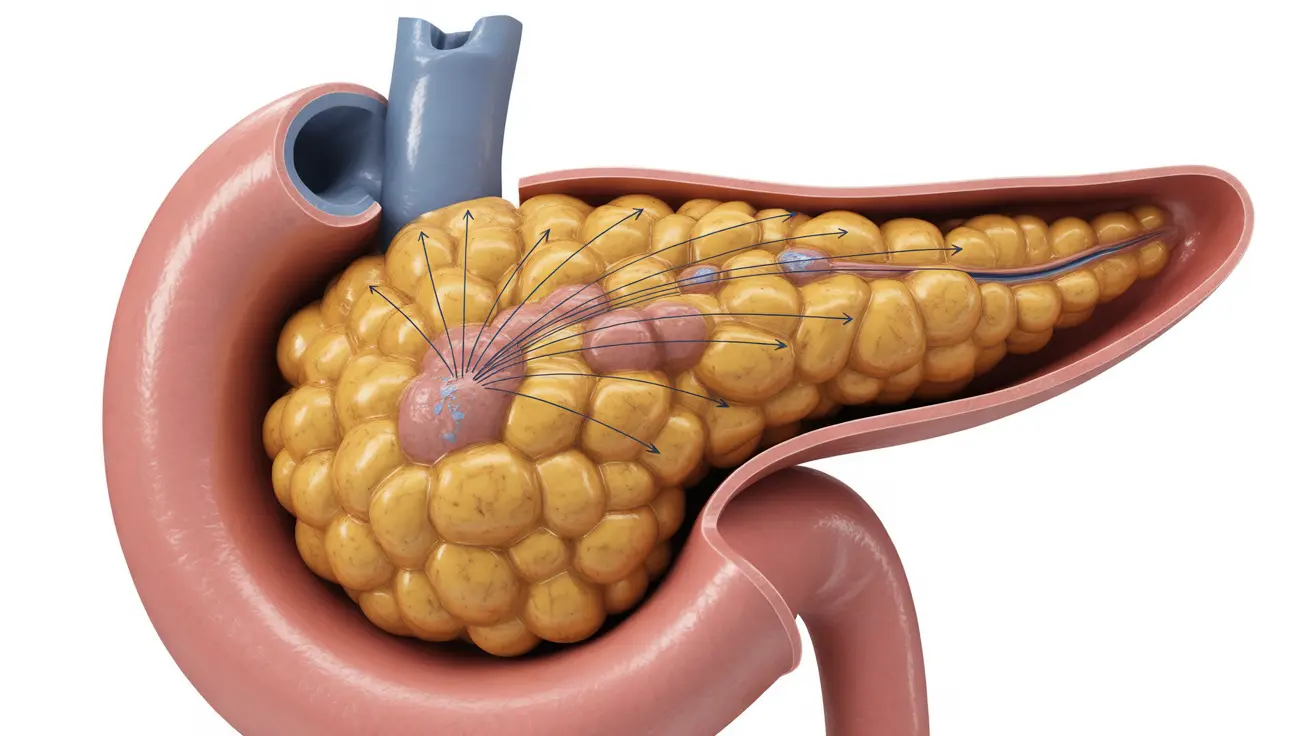When doctors suspect scleroderma, a complex autoimmune condition that affects the skin and connective tissues, they rely on several diagnostic methods to assess the extent and severity of the disease. One of the most important clinical tools is the scleroderma skin pinch test, also known as the modified Rodnan skin score assessment. This simple yet effective examination helps healthcare providers evaluate skin thickness and monitor disease progression over time.
The skin pinch test plays a crucial role in both diagnosing scleroderma and tracking how the condition changes throughout treatment. Understanding what this test involves, how it works, and what the results mean can help patients feel more prepared and informed about their medical care.
What Is the Scleroderma Skin Pinch Test?
The scleroderma skin pinch test is a standardized clinical examination that measures skin thickness at specific locations on the body. During this assessment, a healthcare provider uses their fingers to gently pinch and lift the skin, evaluating how thick, tight, or bound down the tissue feels compared to normal skin.
This test is based on the modified Rodnan skin score (mRSS), a validated scoring system developed specifically for scleroderma patients. The assessment focuses on 17 predetermined body areas where skin changes are most likely to occur in people with this condition.
Healthcare providers typically perform this examination during initial diagnosis, follow-up appointments, and clinical research studies to track disease activity and treatment response. The test provides objective data that helps doctors make informed decisions about treatment plans and medication adjustments.
How Healthcare Providers Perform the Assessment
During a scleroderma skin pinch test, the examining physician uses a systematic approach to evaluate skin thickness across multiple body regions. The process involves gently pinching the skin between the thumb and forefinger, lifting it away from underlying structures, and assessing the thickness and pliability of the tissue.
Each area receives a score from 0 to 3, where 0 represents normal skin thickness and 3 indicates severe thickening with inability to pinch the skin into a fold. A score of 1 suggests mild thickening, while a score of 2 indicates moderate thickening that still allows some skin mobility.
The examination typically takes 10-15 minutes to complete, depending on the patient's skin condition and the thoroughness of the assessment. Healthcare providers often explain each step to help patients understand what they're evaluating and why each area is important.
Body Areas Examined During the Test
The modified Rodnan skin score evaluates 17 specific anatomical sites that are particularly susceptible to skin changes in scleroderma. These locations include both sides of the body to ensure comprehensive assessment and account for any asymmetrical disease patterns.
The examination sites include:
- Face and neck region
- Chest area
- Abdomen
- Upper arms (both left and right)
- Forearms (bilateral assessment)
- Hands, including fingers and back of hands
- Thighs (both sides)
- Lower legs (bilateral examination)
- Feet, including toes and top of feet
Each of these areas provides important information about how scleroderma is affecting different parts of the body. Some patients may show more pronounced changes in their extremities, while others might have more central involvement affecting the trunk and face.
Understanding Your Test Results and Scores
The total modified Rodnan skin score ranges from 0 to 51, representing the sum of individual scores from all 17 examination sites. Generally, higher scores indicate more extensive and severe skin involvement, though the interpretation depends on various factors including disease subtype and duration.
A total score of 0-14 typically suggests limited skin involvement, while scores of 15-29 indicate moderate involvement. Scores above 30 usually represent extensive skin thickening that may require more aggressive treatment approaches.
Healthcare providers consider these scores alongside other clinical findings, laboratory results, and imaging studies to develop a complete picture of disease activity. The scoring system also helps track changes over time, allowing doctors to assess whether treatments are effectively slowing or reversing skin thickening.
The Role of the Test in Diagnosis and Monitoring
While the scleroderma skin pinch test provides valuable information, it rarely serves as a standalone diagnostic tool. Instead, doctors use it as part of a comprehensive evaluation that includes medical history, physical examination findings, blood tests for specific antibodies, and sometimes imaging studies or tissue biopsies.
The test becomes particularly valuable for monitoring disease progression and treatment response over time. Regular assessments allow healthcare providers to detect subtle changes in skin thickness that might indicate disease activity or improvement with therapy.
Many rheumatologists and dermatologists recommend performing the skin pinch test every 3-6 months during active treatment phases, then extending intervals to every 6-12 months once the condition stabilizes. The frequency may vary based on individual patient needs and disease severity.
Frequently Asked Questions
What does the scleroderma skin pinch test feel like and is it painful?
The scleroderma skin pinch test typically feels like gentle pressure as the healthcare provider pinches and lifts your skin at various body locations. Most patients describe the sensation as mild discomfort rather than pain, similar to someone gently squeezing or testing the flexibility of your skin. Some areas may feel more sensitive than others, especially if the skin is already thickened or tight from scleroderma changes. The entire process is brief at each location, lasting only a few seconds per site.
How is the modified Rodnan skin score calculated and what do the numbers mean?
The modified Rodnan skin score is calculated by examining 17 specific body areas and assigning each location a score from 0 to 3. A score of 0 means normal skin thickness, 1 indicates mild thickening, 2 represents moderate thickening, and 3 shows severe thickening where the skin cannot be pinched into a fold. All individual scores are added together to create a total score ranging from 0 to 51. Higher total scores generally indicate more extensive skin involvement and potentially more severe disease activity.
Can the skin pinch test alone diagnose scleroderma or are other tests needed?
The skin pinch test alone cannot definitively diagnose scleroderma. Healthcare providers use it as one component of a comprehensive diagnostic evaluation that includes detailed medical history, complete physical examination, blood tests for specific autoantibodies, and sometimes additional studies like pulmonary function tests or echocardiograms. The skin score helps support the diagnosis when combined with other clinical findings and laboratory results, but multiple pieces of evidence are typically needed for an accurate scleroderma diagnosis.
What body areas does the doctor check during a scleroderma skin pinch test?
During the test, doctors examine 17 specific body areas including the face, neck, chest, abdomen, both upper arms, both forearms, both hands (including fingers and back of hands), both thighs, both lower legs, and both feet (including toes and top of feet). This comprehensive approach ensures that skin changes throughout the body are properly assessed, as scleroderma can affect different areas to varying degrees in different patients.
How often should the skin pinch test be repeated to monitor scleroderma progression?
The frequency of skin pinch test repetition depends on your individual disease activity and treatment status. During active treatment phases or when disease activity is high, doctors typically recommend testing every 3-6 months to closely monitor changes and treatment response. Once the condition stabilizes or reaches a plateau, testing intervals may extend to every 6-12 months. Your healthcare provider will determine the most appropriate schedule based on your specific situation, treatment plan, and overall disease management goals.




